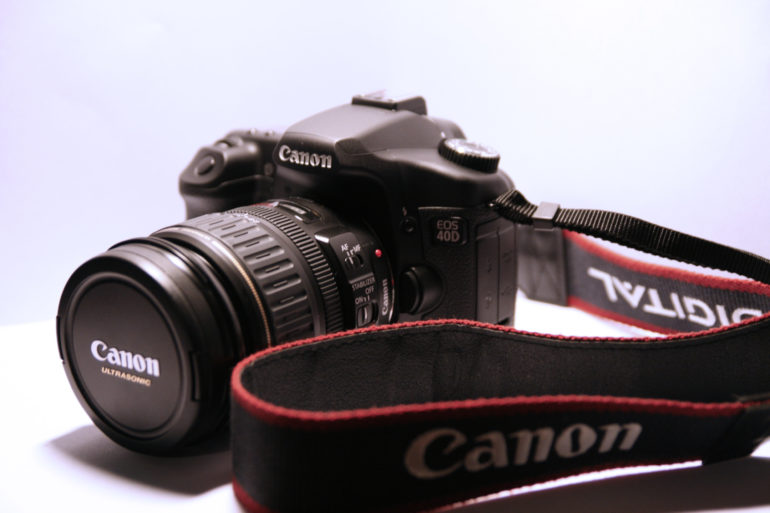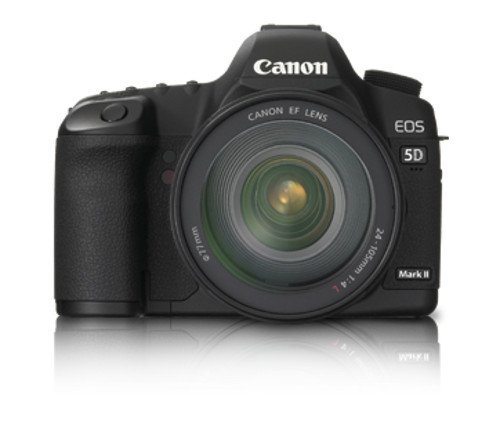
Spread the love
There is a reason why Canon has the largest sales record in the industry is not because of the number of cameras they sell, but because of the innovations they have created so far. The company has been in close battle with Sony for ages, and sometimes, they managed to be at par, if not excel, its mirrorless competitors. Yeah, as off as it may sound to you today, it is the truth. So, in order to understand the company’s glorious era, we look at a few models that changed the way we look at Canon today. We bet some of your favorite cameras are now on the list as well.
Canon EOS 5D
The very first Canon 5D camera was revealed to the world in 2005 as an ‘affordable’ full-frame DSLR. It was also the first DSLR that featured a single-grip while also using EF mount lenses that offered a field-of-view seen on film cameras. What made the device stand out were its varied features, which were beneficial and which went on to glorify the 5D lineup in the future. For instance, it housed a 13MP sensor with an ISO of up to 3200. This helped photographers to get better megapixels and an exceptional low-light performance at that time. In addition, it had 9 autofocus points, a continuous shooting speed of 6fps, six preset settings, and a 1/8000 second shutter limit with 100,000 cycles capabilities.
Canon EOS 40D

Launched in 2007, the 40D was designed for serious enthusiasts who needed more advanced functions in their cameras. The camera offered a 10MP APS-C CMOS sensor, a DIGIC III image processor, ISO up to 3200, and a continuous shooting speed of 6.5fps. Thus, it could produce 75 frames in large/fine JPEG mode. In addition, it also featured 9-point autofocus, Live View shooting function, and a shutter cycle of 100,000 clicks. For those who wanted to transfer images they had the Wireless File Transmitter WFT-E3. For its time, the 40D was a phenomenal upgrade, which also allowed photographers to use various EF lenses.
Canon EOS 5D II

While 5D was splendid, the 5D Mk II took things to the next level. For instance, it was the first camera to shoot 1080p HD video at 24p and also had a ready great high ISO performance (expanded up to ISO 12,800). In addition, it featured a DIGIC 4 image processor, which gave photographs a distinct color that our Editor-in-Chief, Chris Gampat, yearns for even today. This model also came with a 3.9fps continuous shooting speed, 9 autofocus points, a Live View function with three AF modes, and a bigger battery than its predecessor. For those who love to use flash in their photography, Canon also integrated a maximum flash sync speed of 1/200sec while supporting high-speed sync (HSS) with compatible Canon speedlites.
Canon R5

The Canon R5 was a bit controversial when it was launched in 2020. The reason is that some users were unhappy about its heating issue, while others defended it because it was not truly the case. Either way, the R5 is a 45MP full-frame CMOS sensor camera, which comes with DCI 8K 30 fps RAW in addition to 4K 120fps recording with 4:2:2 10-bit with Canon Log and HDR-PQ. It also has 8-stop camera shake reduction technology, a Dual-Pixel CMOS Autofocus II system (with 1,053 manually selectable points), and wireless RAW file transmission with Capture One 22. As we stated in our review: “The camera can take so much abuse and keep snapping images. Not only is the camera reliable, but it’s also very capable.” The R5 was special, but the R5 II, launched in 2024, could not keep up with its predecessor.
Canon has the ability to create cameras for photographers, but their current trajectory proves they would rather satisfy the content-creator crowd. In doing so, Canon is losing its identity for photographers, and we do hope they realise this soon.








